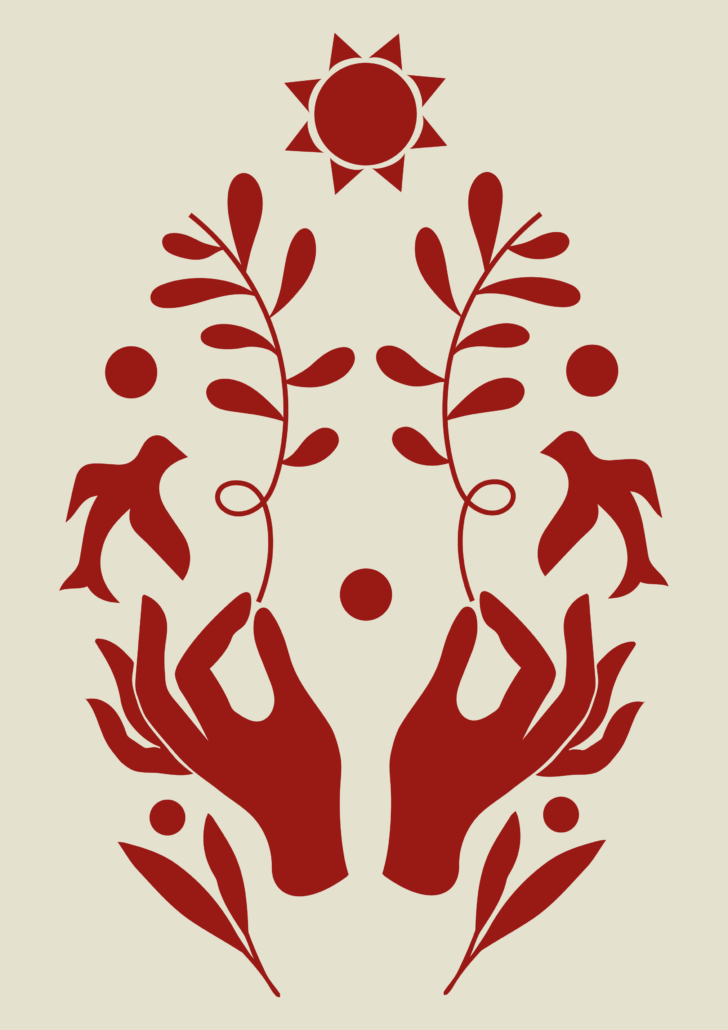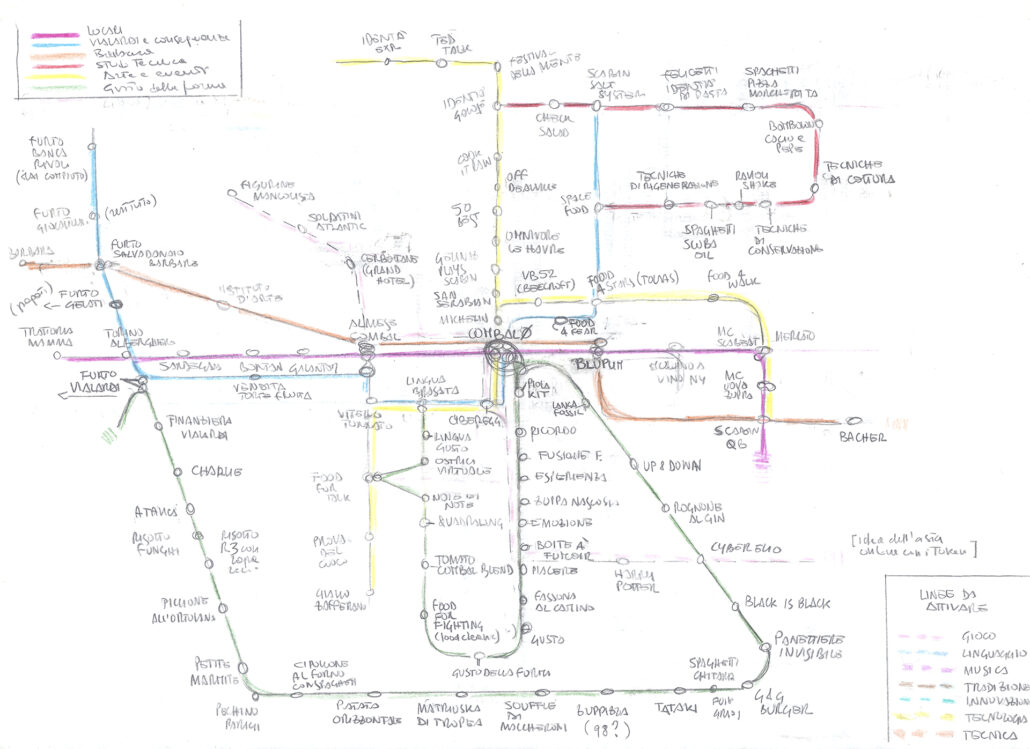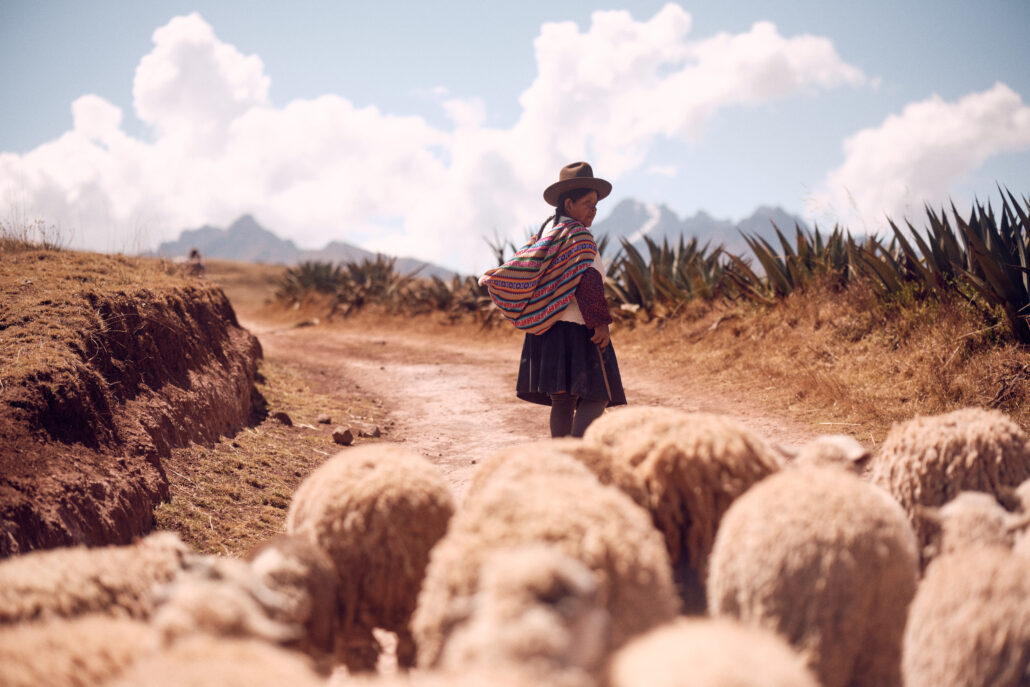When we think of roots, we think of the long subterranean arms of a plant, extending out in every direction to collect water and nutrients. These roots feed the plant and help it grow, and they anchor it into the ground, helping it stand upright. Figuratively, they can be ties to a particular place, or ties to a particular community. If you pull up those figurative roots, can you still maintain ties that community?
Is this rootlessness an attempt to avoid responsibility or an idea of liberation, of not being tied down by the chains of life, like a rolling stone? Or is it just another way of living in a world that keeps recreating itself?
The definition of how we live and work in the world of gastronomy has changed. The old ways, the ways we expected things to always be, are not quite as reliable as we once thought they were. We have been working more and earning less, chasing endless growth to the point to where our work has lost all value and meaning, and our planet is falling apart. We have become both more connected and more disconnected at the same time, having shaken the hands of many people yet never really getting to know anyone. The state of the world, with its wars and pandemics, causes us to question its foundations, as we rightfully should. Perhaps there is another way.

Technology has made it so that we can find ourselves living in many worlds at once. Our roots can be far less physical than they have ever been. We can be acting and thinking globally and locally at the same time. Our communities are being held together by virtual mycelium. People from all over the world with niche interests just like ours are just a scroll away. We can connect with new people we couldn’t dream of before. We might not need all the banks and investors that we once did to launch our ideas. We don’t need millions of followers and television show. A small network of people willing to support us can be more than enough to sustain a dream. This concept is opening doors for many, but you must be imaginative enough to take advantage of it.
As a writer I was never able to find quite the right way to express what I wanted to say about the world until I went around making mistakes all over it. For years I lived nomadically, living in semi-permanent to transitory places, trying to figure it all out (for reference, I’m still trying). If I let myself get dragged beneath the undertow who knows what I would be doing or where I would be. It took me years just to understand that I was less interested in writing specifically about food and place than about how all the foods in all the places fit together. Doing that work demands less of a day-to-day routine from one specific place than a transient one that is constantly fluctuating.
Many of us, especially since the pandemic, don’t work in an office. Or even the same place every day. We might work from coffee shops or coworking spaces or Airbnbs we rent for days, or weeks, or months at a time. While my physical home is in the Lower Hudson Valley, the place I live with my family, my work might take me again and again to the high jungles of Peru or a small island off the south coast of Iceland. I realized long ago that I didn’t need the office of a magazine to walk into. The internet made it so I could just build my own community without physical boundaries. There is no one telling me what to do, for better or worse, and I can do my work from anywhere. On my podcast, I regularly have hour-long, face to face conversations with someone while they are in Brazil and I’m on the other side of the world, and my co-host is in Los Angeles. I’m less constrained by time and place, but rather by the speed of internet connections and airplane travel.
The definition of how we live and work in the world of gastronomy has changed.
A cook cannot necessarily do their work remotely, at least for now. There needs to be a clientele to serve food to. Social media has allowed their clientele to be spread further apart. Allowing them to travel to the diners, rather than the other way around. That’s what Denmark’s Emilie Qvist and Simon Basballe did, with a series of dinners from Zurich to Firenze. Pop-ups used to refer to temporary, experimental restaurants, usually created to explore new ideas before the real restaurant was created. Usually, you would hope to just not lose money on one. That’s not necessarily the case any longer. The pop up can be the real restaurant, the conceptual setting where the idea can be transmitted. It can be the business rather than just testing out support for one.
Cooks can even take over a restaurant temporarily now, for a few weeks or months at a time. Venues like Carousel in London or Fulgurances in Paris and New York are designed to offer temporary residencies, creating menus that might last a few nights to a few months. If more venues like these open, and all signs are pointing that they will, a cook can make a pretty nice living from just moving around the world from one kitchen to the next. They can let someone else take care of the taxes and the water pressure, and just concentrate on being behind the stove. It sounds like how one probably imagined how this life was going to be before they got into it.
While a chef putting their name on multiple restaurants all over the world is nothing new, how involved they can be in those spaces has changed. You can be both in the town and in the countryside, managing both teams at once. That’s what Iñaki Aizpitarte of Le Chateaubriand in Paris and his wife Delphine are doing in Saint-Jean-de-Luz, in the Basque Country. Distances, psychological as much as physical, have become shorter. You don’t have to choose one life over the other.
Other culinary crafts are benefitting from this nomadic shift as well. It’s quite reasonable to want to be a gypsy brewer in Bolivia while renting out a flat in London these days. Agronomists, like Italy’s Paolo Ravano, can go from one vineyard to the next, helping winemakers shift towards biodynamic farming or improving their pruning techniques. Why build a brick-and-mortar classroom when you can travel around to teach fermentation or natural cheesemaking, or even just do it over Zoom from Timbuktu?
Being a culinary nomad in the sense of traveling around from dinner to dinner, event to event, leading a rock star lifestyle seemed like fun for a moment. For a chef, it’s funny, you can get more recognition the more you stay out of your kitchen than if you were there. Yet, the goal you set out to accomplish often seems to get further and further away. This new generation of nomads is seeking out a deeper connection, to perfect their craft in a meaningful way, to continue to grow and evolve even as they keep moving.
I wonder what the future will bring for upcoming generations of vagabonds and wanderers? With virtual reality and 3D printers, a chef might actually be able to serve food remotely. They can be in Milan while having a conversation with and cooking a meal for a customer in Palermo. I might be able to give you a tour of Manaus’ Adolpho Lisboa market while you sit in air conditioning and drink pét-nat on a cruise ship. Or will we be able to train AI robots to cook like Mitsuharu Tsumura so his food can be served exactly as he would cook it in many places at the same time? The lines are already becoming all blurred. I mean, what even is Noma now anyway? Is it a seasonal restaurant? A traveling pop-up? A garum factory? Does it even matter how we define it? What it is and what it represents extends well beyond a pile of bricks and rutabaga.
In some ways this way of looking at the world is a shift back in time, to when hunting and gathering communities followed the patterns of animal migrations and falling fruits. The opportunities were more scattered then, more fleeting, as they are now. While we might not always have a formal residence or place of work, to say we do not have a fixed base would be somewhat misleading though. We do put down roots in a way, but we’re more like a walking palm than an oak tree, moving towards the holes in the forest canopy to find the light.





